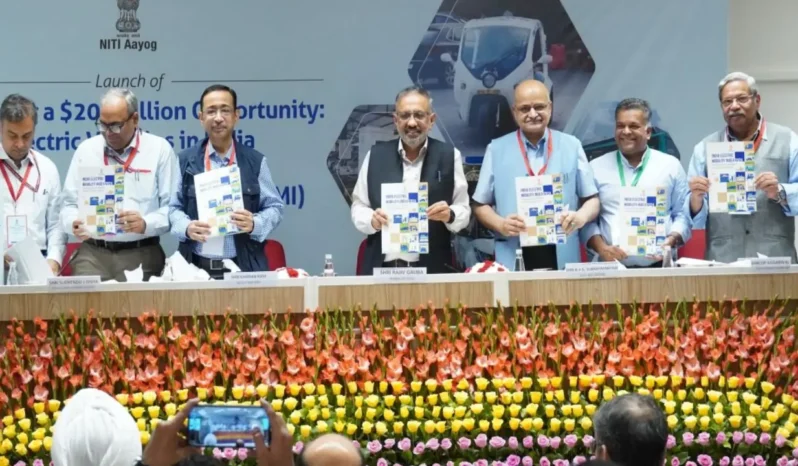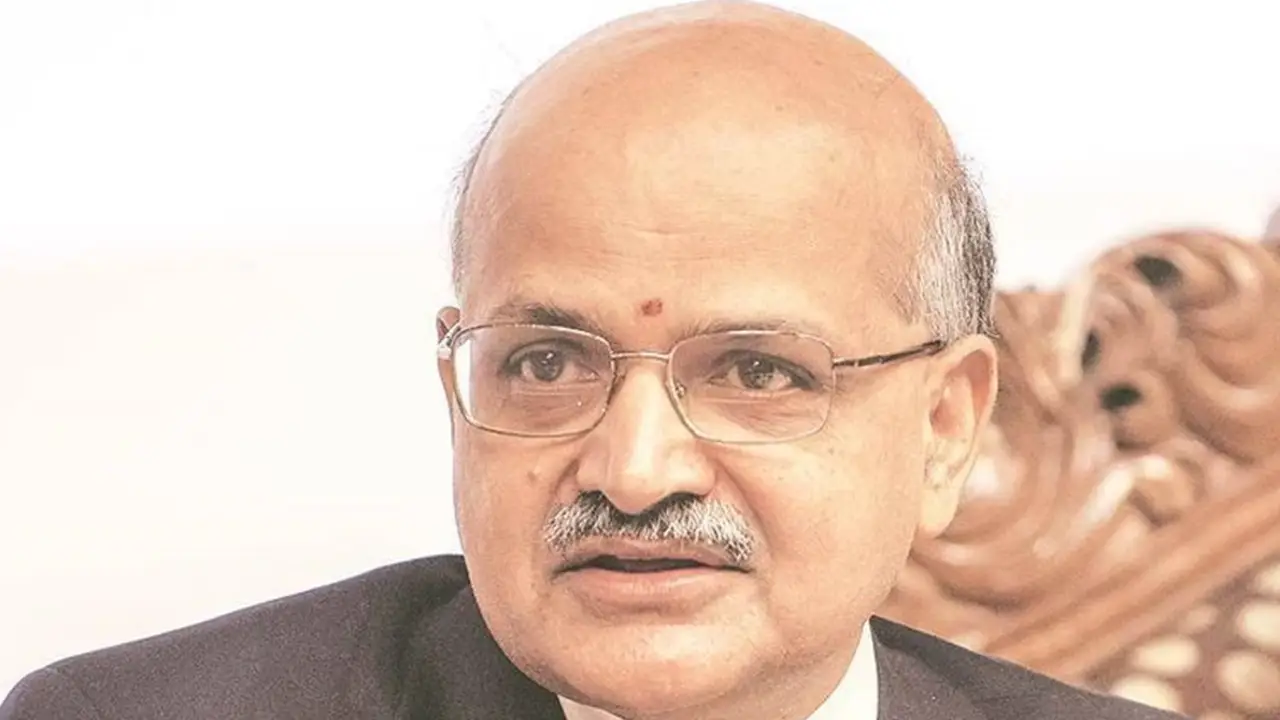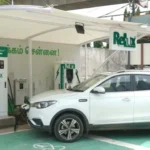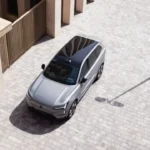NITI Aayog, India’s premier policy think tank, formally released its historic report. “Unlocking a $200 Billion Opportunity: Electric Vehicles in India,” in New Delhi on August 4, 2025. The report on Ev Opportunity in India is the turning point of India’s electric mobility journey. Offering an end-to-end evaluation of the country’s development, underlying challenges. Implementable suggestions to significantly boost electric vehicle (EV) adoption by 2030.
Ev Opportunity in India: Key Highlights of the Report
- Rising EV Growth: Indian EV sales went from a mere 50,000 units in 2016 to 2.08 million units in 2024. Even with this 20% compound annual growth, EVs represent merely 7.6% of total vehicle sales.
- Aggressive 2030 Target: India has ambitious plans to achieve 30% EV penetration by 2030. According to the report, it will quadruple the present market share over the next five years. Which calls for aggressive policy action, huge investments, and strong industry collaboration.
- EV Penetration Trend: India’s contribution towards total EV penetration globally increased from one-fifth in 2020 to more than two-fifth in 2024. Which represents an improving trend but still trailing behind China, Europe, and the US.
- State Performance Leaders: Delhi, Maharashtra, and Chandigarh lead the first India Electric Mobility Index. With high adoption, infrastructure, and innovation. Karnataka, Tamil Nadu, and Haryana are the standout performers. While Odisha, Rajasthan, and Uttar Pradesh are among the aspirant states requiring special interventions.
- Policy Evolution: India’s EV policy landscape has moved very fast, with 29 states and union governments having launched standalone EV policies. National programs like FAME II, the Electric Mobility Promotion Scheme 2024. With a total outlay over ₹22,000 crore have spurred incentives for tens of millions of EVs and thousands of public charging points.
B.V.R. Subrahmanyam, CEO, NITI Aayog, said, “NITI Aayog has already been pioneering to facilitate the current EV revolution. This report presents a timely and balanced overview of existing challenges. Along with practical recommendations to accelerate the EV transition in India.”
Ev Opportunity in India: Roadblocks and Recommendations
- Slow Adoption of EVs in Buses/Trucks: Although two- and three-wheeler sales are robust. E-buses, cars, and particularly trucks trail because of high initial prices. Buses and trucks remain 2–3 times more costly than diesel versions.
- Financing and Infrastructure: The report recognizes the imperative for blended finance facilities, low-interest loans, battery leasing models. Increased inclusion of EVs in priority sector lending for improved affordability and project viability. Charging infrastructure continues to be deficient in most areas.
- Proposed Policy Change: NITI Aayog suggests a shift away from consumer incentives towards mandates. Regulatory disincentives for fossil-fuel cars, particularly in urban centers. It advocates for stringent zero-emission vehicle (ZEV) goals for automakers. More expensive registration fees for ICE vehicles. A “battery passport” system that allows EV resale and financing to be easier.
- Five-City Pilot Model: The report suggests launching pilot programs to fully electrify public transport. Urban freight fleets in five cities over the next five years. To serve as scalable models for the rest of the country.
India’s Potential and Path Forward
If India meets its 2030 EV target of 30%. It can unlock potential value of up to $200 billion, cutting fuel imports drastically, emissions, and new jobs. Consolidating its clean mobility leadership. The report is a comprehensive roadmap, created with consultation from several stakeholder meetings at NITI Aayog. To inform harmonized data-driven policy across India.
ELCTRIK Speaks
This milestone report paves the way for India’s future phase of electric mobility growth. Calling for immediate, collective, and creative action in government and industry to meet the ambitious 2030 targets.







